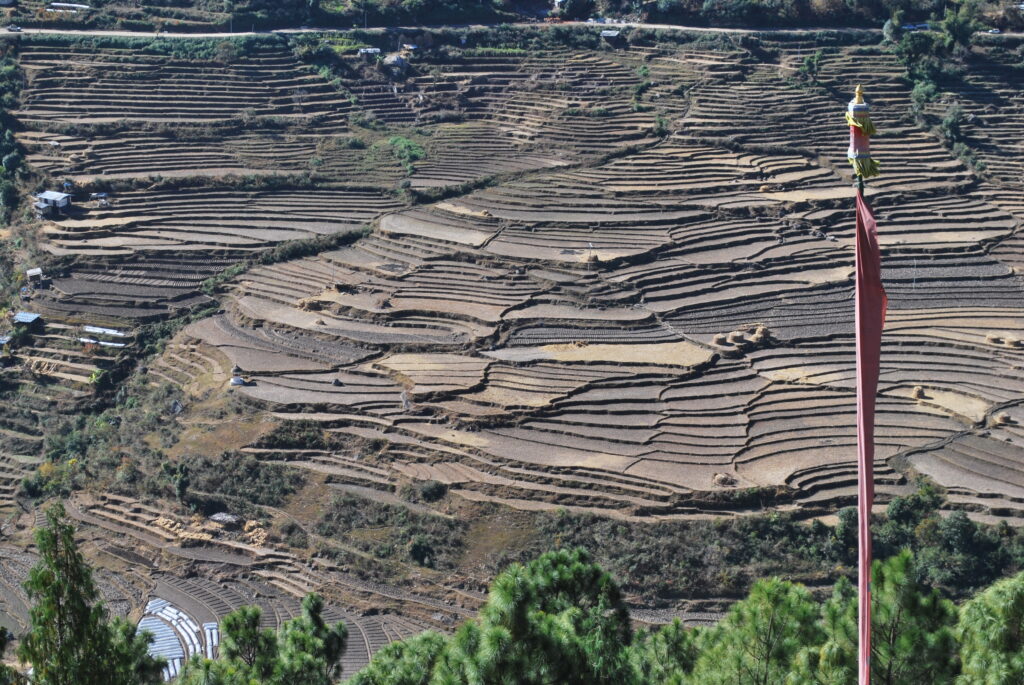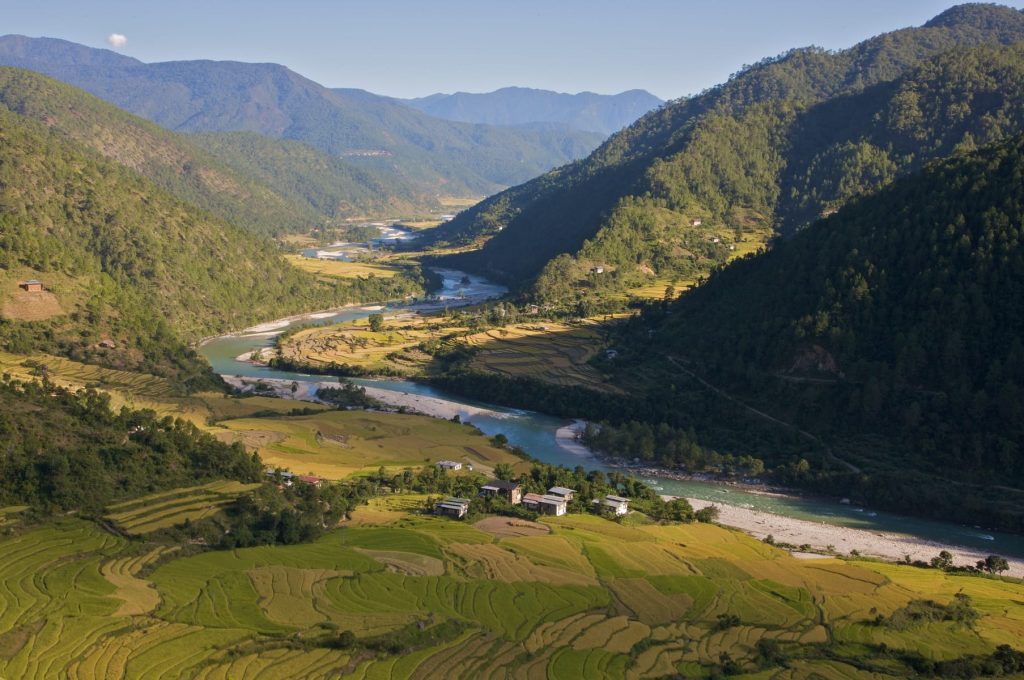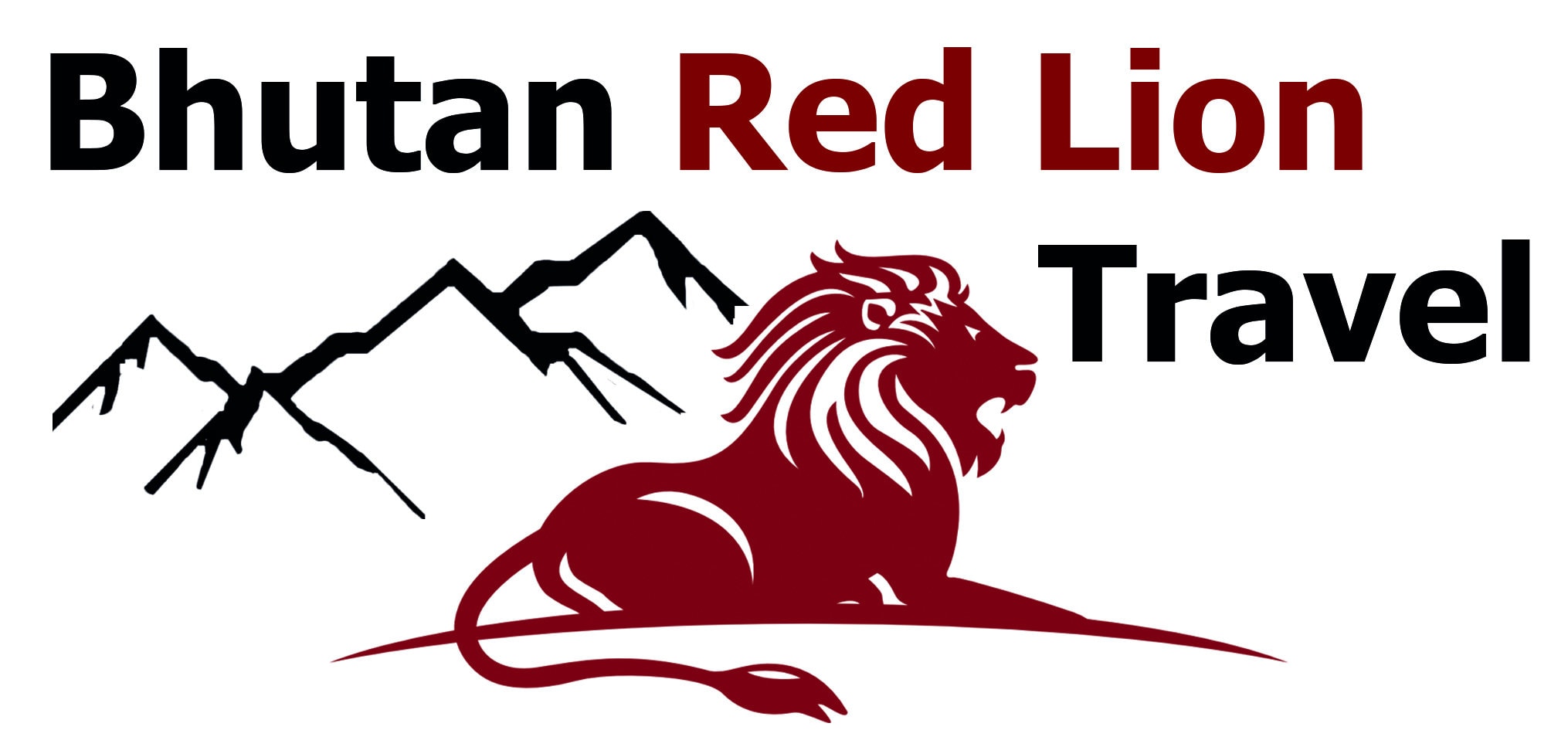A Brief History of Bhutan

According to a legend Bhutan was ruled by a Cooch-Behar king around the 7th century B.C. The Tibetan Buddhism was introduced in the 9th century, when turmoil in Tibet forced many monks to flee to Bhutan. Bhutan is one of only a few countries which have been independent throughout their history. Bhutan was never conquered, governed by an outside power or occupied. In the 17th century the country came to be known as Druk Yul, or the Land of the Drukpas. This name sect of Buddhism that has been the dominant religion since that period. In the same century Bhutan was first unified by Zhabdrung. He has arrived from Tibet and defeated three Tibetan invasions.
Afterwards he established a comprehensive system of law and governance. After his death the country fall into civil war between the various local rulers. This continued until 1907 when the Tronsga Poenlop Ugyen Wangchuck was able to gain control. With the support of the people, he established himself as Bhutan’s first king. Back in 2008 Bhutan converted to a democracy in order to better safeguard the rights of its citizens
Geography

Bhutan has about the same size as Switzerland and is populated by around 777.000 inhabitants. The country can be described as small and underpopulated. Bhutan offers stunning natural sites, with the great Himalayan chain running from east to west, the entire country is mountainous, ranging in elevation from 100 to 7,540 meters, with Gang Khar Puensum being Bhutan’s highest mountain on the Tibetan border.
Many Bhutanese still live in a certain kind of isolation, especially during winter times. Bhutan is inhabited by a variety of ethnic groups: from the yak herders in the north to the orange farmers in the south.
Through deliberate isolation and through the huge geographical obstacles the kingdom has retained its independence to this day.
Economy

The economy of Bhutan has undergone significant changes since the 1960s. Within a period of about 40 years the country has been changed from a predominantly subsistence agricultural economy to a modern trading economy with the expansion of regional and global economic relations.
Most workers in Bhutan still works in the agriculture industry. Most farmers practice traditional arable farming, although modern farming equipment is available. The main agricultural products of Bhutan are rice, wheat, corn and potatoes.
Bhutan has also enormous hydropower potential and numerous dam projects which are currently under construction.
Nature

The rich flora and fauna in this Himalayan region is breathtaking. It is often said that even the most seasoned explorer finds Bhutan a revelation. The air is clean, fresh and unpolluted, the mountains are majestic, and the architecture is breathtaking. Bhutan is also one of the top 10 most biodiverse hot spots in the world. Around three quarters of the countries surface consists of temperate and subtropical forests. Bhutan’s diverse ecosystems is home to some of the eastern Himalayas most exotic species. An estimated amount of 770 species of birds and more than 50 species of rhododendron blooms, along with an amazing variety of medicinal plants and orchids can be found in the country, which are also unique to this region.
Population

Bhutan is with about 777.000 inhabitants relatively rare populated. The population can be divided into three main groups. Most inhabitants of Bhutan immigrated from the bordering countries. The Ngalongs who immigrated from Tibet in the Middle Ages, Sarchops, who are close to the hill tribes of northeast India, and Lhotsampas, who immigrated from Nepal. In the 19th century, many immigrants from Nepal came to the southern lowlands of Bhutan, today they represent the majority in this region. Due to the ever-increasing shift in ethnic and religious affiliation, the government is pursuing a strict immigration policy.
Religion

Buddhism is the main religion in Bhutan and plays a significant role in the country’s culture and way of life. Bhutan can be considered as a predominantly Buddhist country. Around 75 percent of the population follows the Nyingma School of Buddhism, which is the oldest of the four schools of Tibetan Buddhism.
Buddhism in Bhutan is deeply connected with the heritage the traditions and values of the country. Bhutanese practice their faith through daily rituals, offering prayers and making offerings at temples, shrines and sacred sites throughout the whole country.
Bhutan’s approach to governance is considered as unique, known as the Gross National Happiness (GNH) which is also closely linked to the Buddhist culture.
The GNH places a strong emphasis on spiritual, cultural, and environmental values, which are integral to Bhutanese culture and way of life. Today tourists to Bhutan can experience the country’s rich heritage by visiting its many monasteries, temples and sacred sites.
